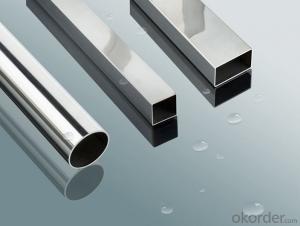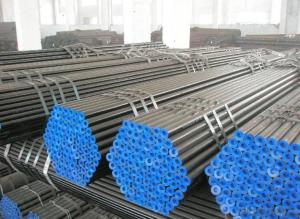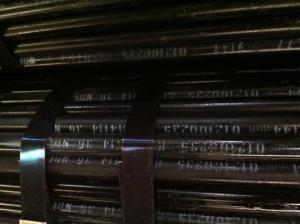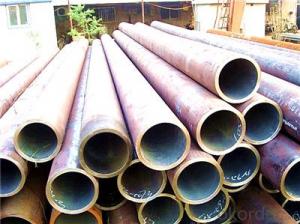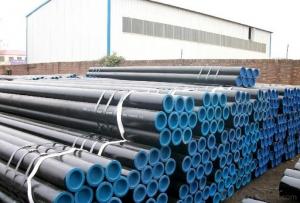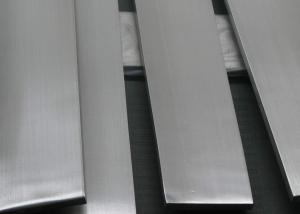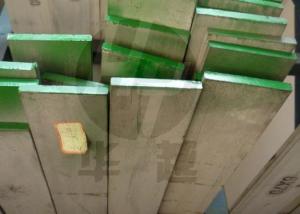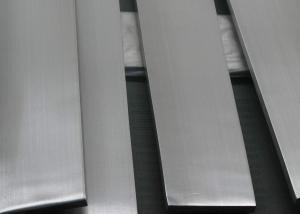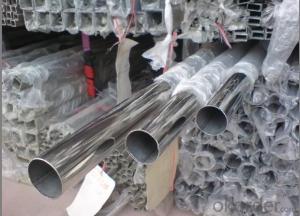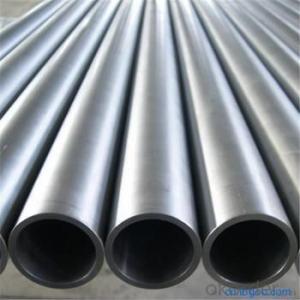Cold Rolled Precision Steel Tube/Seamless Steel Pipe
- Loading Port:
- Shanghai
- Payment Terms:
- TT OR LC
- Min Order Qty:
- 1000 kg
- Supply Capability:
- 10000 kg/month
OKorder Service Pledge
OKorder Financial Service
You Might Also Like
applications of carbon steel pipe :
(1).Construction: Hall Structure, Sea Trestle, Airport Structure, Shipbuilding, Security Door
Frames, Garage Doors, Strengthening Liners of Steel Doors and Windows, Indoor Partition
Walls, Cable Bridge Structures and Expressway Safety Guards, Balustrade, Decorating,
Residential, Ornamental Pipes
(2).Automotive Parts: Motorcar Case, Car and Bus Manufacture, Vehicles
(3).Agriculture: Agricultural Equipment
(4).Industry:Machinery,Solar Stent, Offshore Oil Field, Mine Equipment, Electromechanical
Hardware, , heavy engineering, Mining and Resources, Process Engineering, Materials Handling, Mechanical Parts
(5).Traffic: Walking Rails, Roll-up Doors, Guardrail, Plaza Structure, Signage, Road Furniture,
Fencing
(6).Scaffolding Tube: Material Storage Racks, Pallets, Hydraulic Platforms, Trusses, Columns,
Purlins, Greenhouse Stands Towers
(7).Other: Sports Apparatus, Leisure Equipment, Furniture, School Furniture
ASTM A335 Seamless Alloy-Steel Pipe
Standard: BS 1139, BS 3059-2, JIS G3454-2007
Grade: 10#-45#, 15NiCuMoNb5, 10Cr9Mo1VNb
Detailed introduction to ASTM A335 seamless alloy steel pipe:
ASTM A335 seamless alloy steel pipe
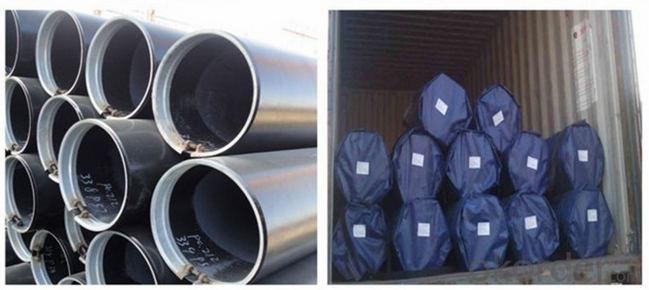
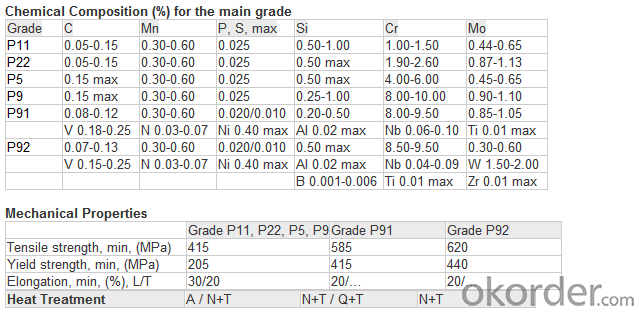
FAQ:
1) why you chose us ?
Professional Manufacturer and supplier of Steel pipe
More than 14 years’ professional producing experience
We can get the lowest ex-factory prices. The price are quite reasonable and it is lower than our commercial peers. also, we can guarantee the qualities of our products.
BV, ISO certificates and SGS test can be provided to assure the quality of our products.
2) Our minimum order quantity:
10 Metric Tons or one 20ft or 40ft Container.
3) How about the Delivery Time?
The steel pipe will be produced since we getting your deposit by T/T or Your original L/C. For normal size, some stocks in our factory now, we can supply once you need.
4)What kind of payment does your company support?
T/T, 100% L/C at sight, Cash, Western Union are all accepted.
5) Do you charge for the samples?
According to our company principle, we just charge for samples, you pay for the freight /courier charge.
6) Main market:
Mid East, South America, Africa, Southeast Asia, India etc
- Q: What is the significance of the schedule in stainless steel pipes?
- The schedule in stainless steel pipes refers to the thickness of the pipe walls. It is significant because it determines the pipe's strength, pressure resistance, and suitability for different applications. Different schedules are used for various purposes, such as high-pressure or corrosive environments, ensuring the appropriate performance and durability of the stainless steel pipes.
- Q: Can stainless steel pipes be insulated with polycaprolactone?
- Yes, stainless steel pipes can be insulated with polycaprolactone. Polycaprolactone is a versatile and flexible thermoplastic material that can be used for insulation purposes. It can provide effective thermal insulation to stainless steel pipes and help in reducing heat transfer and preventing condensation.
- Q: Is galvanized steel pipe stainless steel pipe?
- No, the steel pipe is generally divided into stainless steel pipe, welded steel pipe, spiral steel pipe, low alloy steel pipe and so on.
- Q: What is the difference between 304H and 304L stainless steel pipes?
- The main difference between 304H and 304L stainless steel pipes lies in their carbon content. 304H stainless steel pipes have a higher carbon content, typically around 0.04-0.10%, which makes them suitable for high-temperature applications. This higher carbon content provides improved high-temperature strength and resistance to sensitization, which is the formation of chromium carbides at grain boundaries, leading to reduced corrosion resistance. On the other hand, 304L stainless steel pipes have a lower carbon content, usually around 0.03%, which makes them more suitable for welding applications. The lower carbon content helps to minimize the formation of chromium carbides, thus reducing the risk of sensitization during welding. This results in improved corrosion resistance and enhanced weldability. In summary, while both 304H and 304L stainless steel pipes are variants of the 304 grade, the difference lies in their carbon content. 304H pipes are preferred for high-temperature applications due to their higher carbon content and improved high-temperature strength, while 304L pipes are more suitable for welding applications due to their lower carbon content and enhanced weldability.
- Q: Can stainless steel pipes be used for drinking water systems?
- Yes, stainless steel pipes can be used for drinking water systems. Stainless steel is a highly durable and corrosion-resistant material, making it suitable for use in plumbing systems. It is also non-reactive, which means it does not leach harmful chemicals into the water. Additionally, stainless steel pipes are easy to clean and maintain, reducing the risk of bacterial growth and ensuring the safety and quality of the drinking water.
- Q: Are stainless steel pipes suitable for heat exchangers?
- Yes, stainless steel pipes are suitable for heat exchangers. Stainless steel is known for its excellent heat resistance properties, making it an ideal choice for applications involving high temperatures. It can withstand extreme heat without deforming or losing its structural integrity. Additionally, stainless steel is highly corrosion-resistant, which is crucial for heat exchangers as they are often exposed to corrosive fluids or environments. The corrosion resistance ensures the longevity and reliability of the heat exchanger, reducing the risk of leaks or failures. Stainless steel pipes also offer excellent thermal conductivity, allowing for efficient heat transfer between the fluids in the exchanger. Overall, stainless steel pipes are widely used in heat exchangers due to their durability, corrosion resistance, and ability to withstand high temperatures.
- Q: Are stainless steel pipes more expensive than other types of pipes?
- Yes, stainless steel pipes tend to be more expensive than other types of pipes due to their durability, corrosion resistance, and high-quality material.
- Q: What is the difference between a pipe and a tube in stainless steel applications?
- The main difference between a pipe and a tube in stainless steel applications is their dimensions and manufacturing processes. Pipes are typically used to transport fluids or gases and have standardized dimensions, with specific wall thicknesses and outside diameters. Tubes, on the other hand, have a wide range of dimensions and are often used for structural or mechanical applications. Tubes can have varying wall thicknesses and outside diameters, providing more flexibility in design and functionality. Additionally, the manufacturing processes for pipes and tubes differ. Pipes are typically manufactured through a welding or seamless process, while tubes can be produced through various methods such as welding, seamless, or extrusion.
- Q: What are the different sizes available for stainless steel pipes?
- Stainless steel pipes are available in a wide range of sizes, including standard sizes such as 1/8 inch, ¼ inch, ½ inch, 1 inch, 2 inches, and larger sizes such as 6 inches and beyond. These sizes are commonly used for various applications in industries such as construction, plumbing, and manufacturing. Additionally, stainless steel pipes can also be custom-made to meet specific requirements, offering even more flexibility in sizing options.
- Q: What is the working temperature range for stainless steel pipes?
- The working temperature range for stainless steel pipes typically ranges from -150°C (-238°F) to 816°C (1500°F).
Send your message to us
Cold Rolled Precision Steel Tube/Seamless Steel Pipe
- Loading Port:
- Shanghai
- Payment Terms:
- TT OR LC
- Min Order Qty:
- 1000 kg
- Supply Capability:
- 10000 kg/month
OKorder Service Pledge
OKorder Financial Service
Similar products
Hot products
Hot Searches
Related keywords
